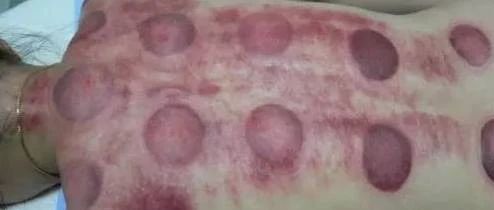Core Tip: Cupping therapy is one of the healthiest and most original methods passed down from our ancestors for body regulation and disease prevention. Many people choose to undergo cupping when they feel unwell, and they know that cupping will leave some marks on their skin, but they often overlook these signs. Little do they know, the process of cupping is not the most important aspect; what is concerning is that the marks left on your body can indicate sub-health issues that you may not even be aware of!“Cupping Mark Diagnosis” Purple-black — indicates insufficient blood supply and accumulation of cold.Purple with black spots — indicates poor circulation of Qi and blood.
Purple-black — indicates insufficient blood supply and accumulation of cold.Purple with black spots — indicates poor circulation of Qi and blood.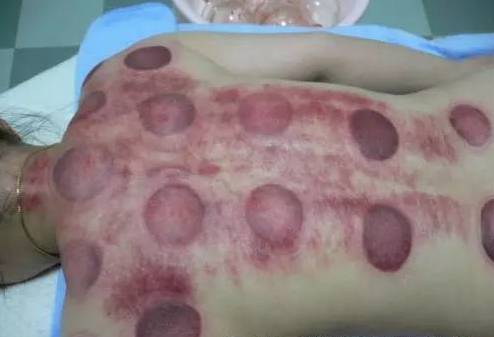 Purple spots with varying shades — indicates wind and dampness.Bright red and hot to the touch — indicates Yang syndrome, heat syndrome, excess syndrome, intense heat toxin, Yin deficiency, and excessive fire.Dark red — indicates thick blood, high blood lipids, and insufficient blood supply.
Purple spots with varying shades — indicates wind and dampness.Bright red and hot to the touch — indicates Yang syndrome, heat syndrome, excess syndrome, intense heat toxin, Yin deficiency, and excessive fire.Dark red — indicates thick blood, high blood lipids, and insufficient blood supply. Bruises or pale blood blisters — indicate deficiency-cold and dampness.Skin slightly itchy — indicates wind and dampness.Blisters, edema, and dampness — indicate cold syndrome and excessive dampness.Presence of water droplets in the cup — indicates heavy cold and dampness.
Bruises or pale blood blisters — indicate deficiency-cold and dampness.Skin slightly itchy — indicates wind and dampness.Blisters, edema, and dampness — indicate cold syndrome and excessive dampness.Presence of water droplets in the cup — indicates heavy cold and dampness.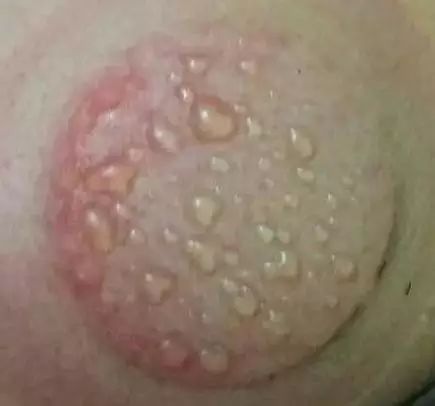 Purple-red, dark red — indicates Yin syndrome, cold syndrome, and blood stagnation.Flushed, light red — indicates deficiency syndrome.Rapid recovery of local skin color — indicates quick healing.
Purple-red, dark red — indicates Yin syndrome, cold syndrome, and blood stagnation.Flushed, light red — indicates deficiency syndrome.Rapid recovery of local skin color — indicates quick healing. 1. Dark and tight cupping marks: Generally indicate blood stasis in the body, such as dysmenorrhea or insufficient blood supply to the heart. If the marks do not fade after several days, it usually indicates a long-standing condition that requires a longer time for adjustment. If large areas of black-purple marks appear during cupping, it suggests a significant area affected by wind-cold, and treatment should focus on dispelling cold.2. Purple marks with patches: Generally indicate local cold and blood stasis. Symptoms may include dysmenorrhea, scanty menstruation, amenorrhea, and other issues like insomnia, skin spots, hair loss, and cold extremities.3. Scattered purple spots of varying shades: Generally indicate Qi stagnation and blood stasis.4. Light purple marks with patches: Generally indicate a deficiency syndrome with blood stasis. If the spots are prominent at acupoints, it indicates weakness in the related internal organs; for example, if it appears at the Shenshu (Kidney Shu) point, it suggests kidney deficiency.5. Bright red marks: Generally indicate Yin deficiency or a combination of Qi and Yin deficiency, which can also occur with excessive fire due to Yin deficiency.6. Bright red scattered spots: Usually appear after extensive cupping and do not protrude above the skin. If concentrated at a specific acupoint, it indicates abnormalities in the related organ.7. No cupping marks (or faint ones) after cupping: Or if they disappear immediately after cupping, returning to normal color, it indicates that the body is generally normal or the condition is mild.
1. Dark and tight cupping marks: Generally indicate blood stasis in the body, such as dysmenorrhea or insufficient blood supply to the heart. If the marks do not fade after several days, it usually indicates a long-standing condition that requires a longer time for adjustment. If large areas of black-purple marks appear during cupping, it suggests a significant area affected by wind-cold, and treatment should focus on dispelling cold.2. Purple marks with patches: Generally indicate local cold and blood stasis. Symptoms may include dysmenorrhea, scanty menstruation, amenorrhea, and other issues like insomnia, skin spots, hair loss, and cold extremities.3. Scattered purple spots of varying shades: Generally indicate Qi stagnation and blood stasis.4. Light purple marks with patches: Generally indicate a deficiency syndrome with blood stasis. If the spots are prominent at acupoints, it indicates weakness in the related internal organs; for example, if it appears at the Shenshu (Kidney Shu) point, it suggests kidney deficiency.5. Bright red marks: Generally indicate Yin deficiency or a combination of Qi and Yin deficiency, which can also occur with excessive fire due to Yin deficiency.6. Bright red scattered spots: Usually appear after extensive cupping and do not protrude above the skin. If concentrated at a specific acupoint, it indicates abnormalities in the related organ.7. No cupping marks (or faint ones) after cupping: Or if they disappear immediately after cupping, returning to normal color, it indicates that the body is generally normal or the condition is mild.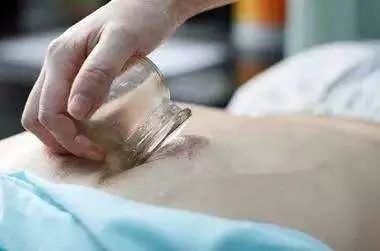 8. Cupping that easily forms blisters: Indicates heavy dampness. If many small blisters appear at the affected area, it suggests that the condition is due to dampness, and multiple cupping sessions may yield ideal results.9. If wind hives (like acute urticaria) appear during cupping: It indicates that it is caused by wind or an allergic constitution.10. As the condition improves, the cupping marks will also lessen, and it will be difficult to form new cupping marks. Regular scraping of the back can help to clear the meridians.
8. Cupping that easily forms blisters: Indicates heavy dampness. If many small blisters appear at the affected area, it suggests that the condition is due to dampness, and multiple cupping sessions may yield ideal results.9. If wind hives (like acute urticaria) appear during cupping: It indicates that it is caused by wind or an allergic constitution.10. As the condition improves, the cupping marks will also lessen, and it will be difficult to form new cupping marks. Regular scraping of the back can help to clear the meridians.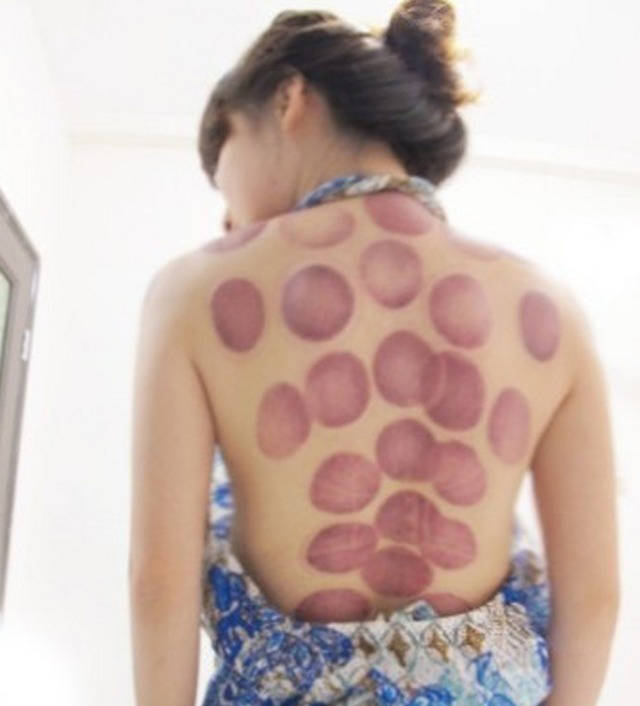 Some Precautions for Cupping TherapyFirst, which comes first: cupping or bathing?Many people who love to bathe often say, “Cupping and bathing are both essential.” Indeed, warm bath water and warm cupping can be very comfortable. However, the order of these two is crucial. You can bathe after cupping, but you must not bathe immediately after cupping.After cupping, the skin is in a relaxed state, and bathing, especially with cold water, can easily damage or inflame the skin. Cold water can further irritate the skin and lead to chills, so do not bathe immediately after cupping.So, do not bathe immediately after cupping!
Some Precautions for Cupping TherapyFirst, which comes first: cupping or bathing?Many people who love to bathe often say, “Cupping and bathing are both essential.” Indeed, warm bath water and warm cupping can be very comfortable. However, the order of these two is crucial. You can bathe after cupping, but you must not bathe immediately after cupping.After cupping, the skin is in a relaxed state, and bathing, especially with cold water, can easily damage or inflame the skin. Cold water can further irritate the skin and lead to chills, so do not bathe immediately after cupping.So, do not bathe immediately after cupping!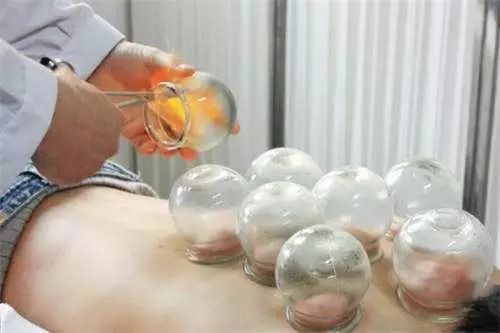 Second, does longer cupping really yield better results?Many people believe that cupping should last at least half an hour, and some think that the appearance of blisters indicates effective cupping, especially among the elderly. But is longer cupping really better?The duration of cupping varies based on the size, material, and negative pressure of the cup. However, it is generally advisable to limit the cupping time to no more than ten minutes from the moment the fire is extinguished until the cup is removed. The main principle of cupping is negative pressure, not duration. If cupping is done for too long under high negative pressure until blisters form, it can damage the skin and potentially lead to skin infections.
Second, does longer cupping really yield better results?Many people believe that cupping should last at least half an hour, and some think that the appearance of blisters indicates effective cupping, especially among the elderly. But is longer cupping really better?The duration of cupping varies based on the size, material, and negative pressure of the cup. However, it is generally advisable to limit the cupping time to no more than ten minutes from the moment the fire is extinguished until the cup is removed. The main principle of cupping is negative pressure, not duration. If cupping is done for too long under high negative pressure until blisters form, it can damage the skin and potentially lead to skin infections.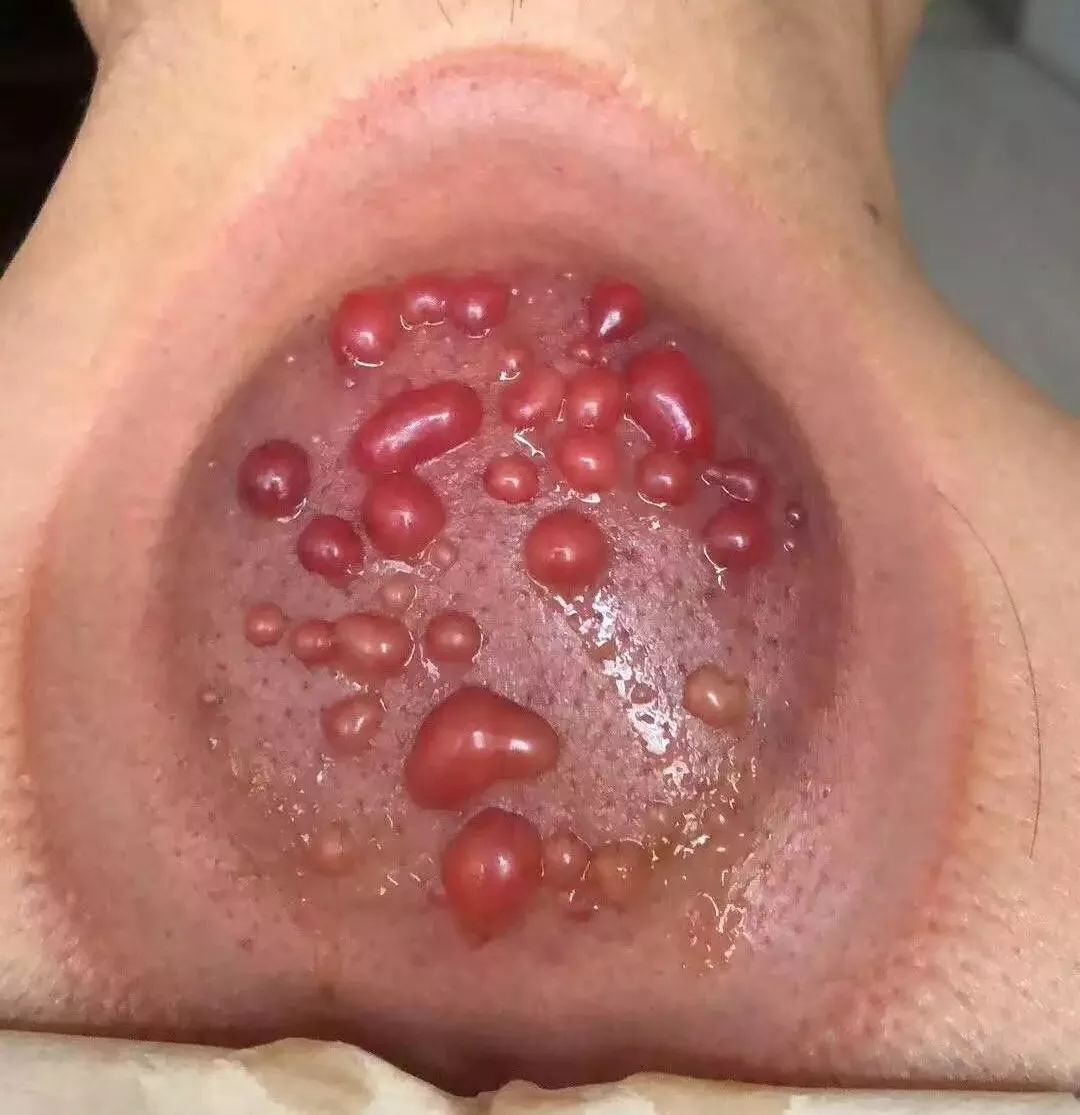 Third, can the same area be cupped repeatedly?Some believe that if one session is not effective, two sessions should be done in the same area, thinking that persistence will yield results. However, this approach is not advisable.While you can cup various areas of the body for comprehensive treatment and enhanced effectiveness, repeatedly cupping the same spot can lead to skin redness, swelling, and damage, which is counterproductive.
Third, can the same area be cupped repeatedly?Some believe that if one session is not effective, two sessions should be done in the same area, thinking that persistence will yield results. However, this approach is not advisable.While you can cup various areas of the body for comprehensive treatment and enhanced effectiveness, repeatedly cupping the same spot can lead to skin redness, swelling, and damage, which is counterproductive.
Copyright Statement: This content and images are compiled from the internet, and are for non-commercial use. If there is any infringement, please contact the editor for deletion. Please indicate the source when reprinting.
Reminder: The above content is for reference only and may not be suitable for everyone. It is recommended to adjust under the guidance of a physician.

